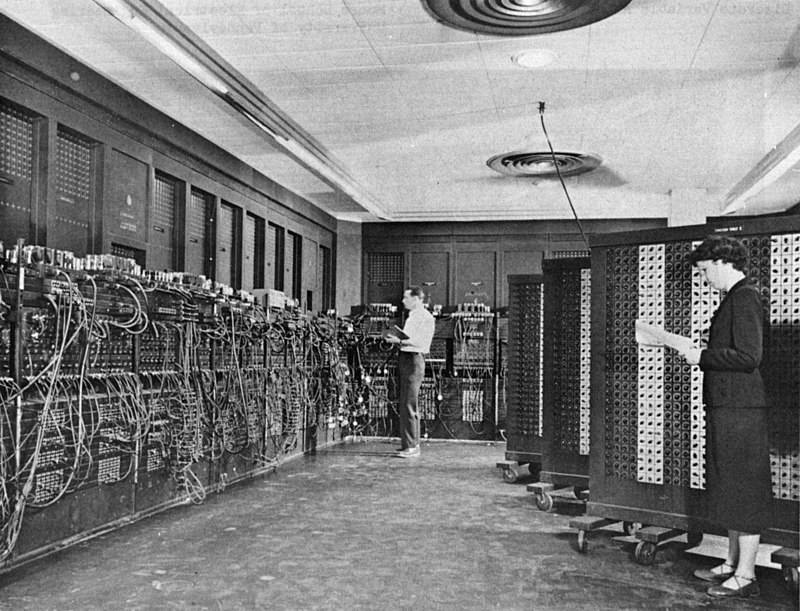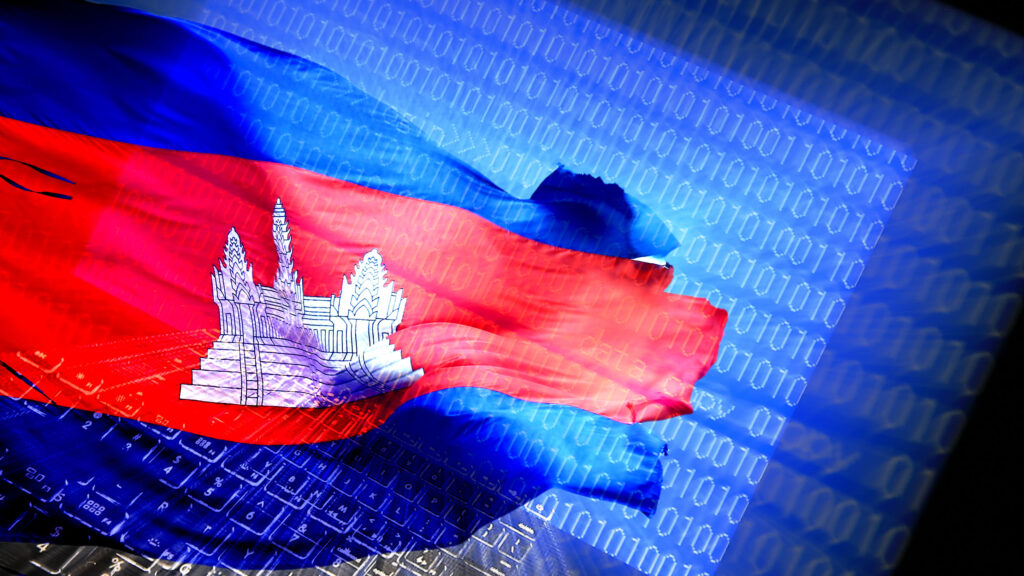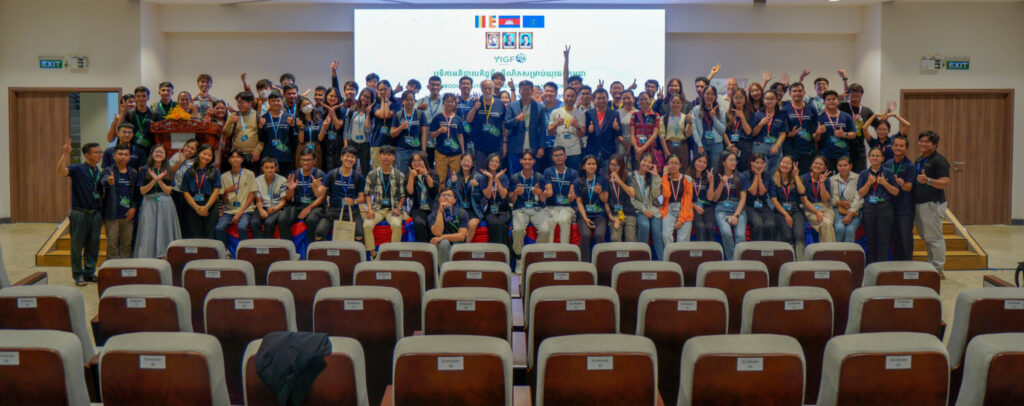The origins of the internet are rooted in the USA of the 1950s. The Cold War was at its height and huge tensions existed between North America and the Soviet Union. The intensity between these two superpowers led people to live in fear of the nuclear weapons possessed by two countries and the US realized it needed a communications system that could not be affected by a Soviet nuclear attack by establishing an independent communication method using the internet.
At that time, computers were large, expensive machines exclusively used by military scientists and university staff only.
The Internet started in the 1960s as a way for government researchers to share information. January 1, 1983 is considered the official birthday of the Internet.
The Internet is the global system of interconnected computer networks that uses the Internet protocol suite (TCP/IP) to communicate between networks and devices. It is a network of networks that consists of private, public, academic, business, and government networks of local to global scope, linked by a broad array of electronic, wireless, and optical networking technologies.
Do you know when Cambodia first used the internet?
Cambodia started using the Internet for the first time in 1997, the opening history of the Internet era in Cambodia also begins during that time. The very first internet service provided was called Camnet Internet Service. The Camnet Internet Service is an Internet service provider operated by the Ministry of Posts and Telecommunications of Cambodia with the support of the International Development Research Centre of Canada. It has its headquarters in Phnom Penh city.
Cambodia was connected to the internet via a 64 Kilobytes per second (kbps) satellite link to Singapore in May 1997.
Meanwhile, Camnet had connected over 90 users and is taking on commercial clients, while
providing a heavily subsidized service to government ministries, universities, and Cambodian NGOs for its first-time operation in cyberspace in Cambodia.
On the commercial front, Camnet already faced stiff competition from a second Internet service, Big Pond, which was launched by the Australian telecommunications giant, Telstra, on June 2 1997.
At that time in 2001, Cambodia internet price was based on prepaid internet cards, which cost approximately $3.33 per hour from the internet provider service (IPS) like Camnet, according to one case study report of the International Telecommunication Union Geneva, Switzerland.
Messages used to cost $0.15 per kilobyte, which is about 150 characters of text. There is an hourly charge for dial-up Public Private Partner (PPP), so unless the files were truly enormous (software downloads, for example), the cost to receive them in Cambodia is negligible.
Since the cost of the internet was high, the internet connectivity was limited even in Phnom Penh and Siem Reap province had access to the internet, however, there were few Internet Cafes that initiated internet accessibility while there was no public access in the remote areas.
Cambodia’s Recent Internet Expansion
Later on, the kingdom’s cyber world would become increasingly important. About 15 years later, the Internet has evolved into a central source for entertainment and information for much of Cambodia’s upper and middle classes. These changes began with the entrance of the first Internet Service Providers (ISPs) such as Big Pond and CamNet, into Cambodia, allowing a small group of people to access the Internet at a few coffee shops around the city.
Nowadays, the internet and Wi-Fi are quite common in Cambodia with low prices and people can stay in touch with the online world almost everywhere including the coffee shops, restaurants, hotels, office buildings, houses and some public places that offer free Wi-Fi for the public and customers.
There were 11.37 million internet users in Cambodia in January 2023, according to the Data Reportal report, Digital 2023: Cambodia.
Access to the internet is now critical in the lives of Cambodians. Almost every element of our everyday life is linked to digital devices and cyberspace in the way we interact, share information, entertain, e-learning, money transfer, online shopping, and work remotely, among other things.


